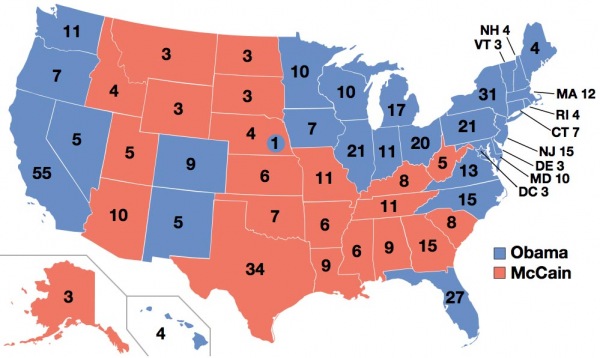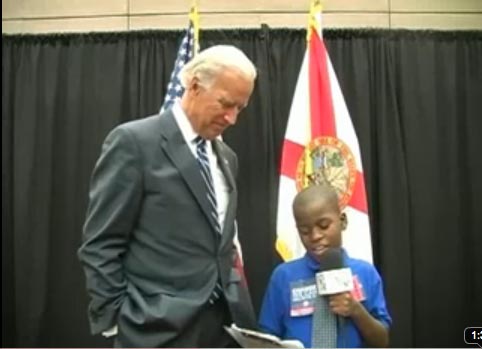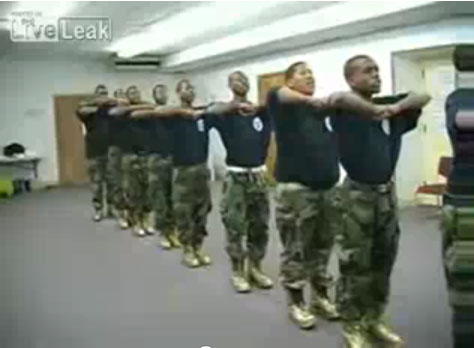
I wrote this paper for a class in 2008 and thought it would be nice to post on my blog since I have not been posting as much as I would like. Keep in mind that this paper was written in 2008 and much has change in the Metaverse, Also I have added images for those who like to see pretty pictures in articles 😉 The “Cloud” has exponentially become more complex, yet easier to understand with the addition of a very simple variable; Location.
Location based technologies such as Foursquare, Gowalla, Facebook and Google will become very important as we move closer to 2012. The other important variable that is not as prominent today as it will be tomorrow is semantic data gathering and accessing. With that said, here is the paper I wrote right after Obama’s win in 2008.
NYU’s Interactive Telecommunications Program (ITP)
Class: Elections 2008
Professor: Clay Shirky
Author: Oscar G. Torres
Political Media Strategy for Elections of 2012
November 14, 2008
The Presidential elections of 2008, was the culmination of a major shift in political campaign strategies in the United States. How did a democratic “underdog” gain steam and come in as the leading candidate in the general election of 2008?
The Republican Party is scratching their head wondering how John McCain lost the election. They will look back at the campaign trails and realize that they lacked a very important element that proved to be a vital player in gaining people’s vote. The Republican Party did not embrace amateur political campaigns and their effect on the general population.
Amateur political media is not a new concept in the campaign process. Picket signs, homemade t-shirts, printing newsletters or flyers with personal printers are all examples of media created by “average Joes” in the past. In the election of 2008 we saw a new and powerful medium take center stage. This new medium is not your traditional broadcasting system, its actually more that just a way to send messages to a large audience. Social media is the new player in politics and quickly became a major component in winning the trust of people. What makes a “YouTube” video different than a hand drawn sign, a flyer or t-shirt? The answer lies in the comment section of web sites like YouTube, Facebook and the thousands of blogs out there.

“5th Grade Reporter Interviews Vice-President Joe Biden” by CanalPointKECTV is a video where, as the title describes, a 5th grade kid interviews the Vice-Presidential candidate. Normally a traditional broadcasted video would be seen and probably talked about by people and their close friends, perhaps some co-workers as well. The conversation has now moved to YouTube where viewers have the ability to leave a comment on videos or respond to someone else’s comment. A new form of communication has been set in place. Since these web videos can be seen any time and anywhere (with internet access), it makes it convenient for a person to access them and add their thoughts.
The comments left on the specific videos are a rich source of information about people’s thoughts and intentions. You can even see the commenter’s profile and content they have personally contributed, videos they liked/ added as their favorite, and comments others made about the particular person. With all this data you can make pretty good assumption about the person or “user’s” state of mind and can make educated guesses about what their position will be when they are standing inside the voting booth.
Blogs are another form of communication that is making an impact on the campaigns of potential candidates. People can write articles for or against candidates. Those articles are then available for anyone to find, via search engine, email1311 link and/or word of mouth. A group of videos, images and links can form a pretty good argument about why someone should favor a particular candidate. Although blogs are not as popular as other news sources or publications, they reach a niche audience that has potential to be influenced by the content. Blogs are part of the new digital landscape that needs to be considered when running a campaign. Blogs and video content are being viewed in increasing numbers through the use of new devices such as cell phones and iPods. The ability to carry around the information with you has enabled people to scrutinize the data being viewed during their commute, lunch break or random times that lend themselves to a quick browse at the web content. The question is weather this information can be used to sway people to choose differently. And the answer, as we have seen from Obama’s campaign results, is yes.
Mobile communication will become major contributor to media distribution to the masses. Cell phones have become a hub that allows people not only to view web data, but also to contribute data to the “cloud”. Minutes after the announcement of Obama’s projected win, a mass celebration was captured and shared via mobile phone by my close circle of friends. I received text messages accompanied by cell phone pictures and videos from fiends at various locations such as Fort Green-Brooklyn, Times Square, Union Square and even California. Everyone was cheering physically and virtually as they posted images to flickr.com and facebook.com along with status updates to twitter and Facebook.
Sharing real time events is becoming a very popular trend. On the morning of November 4, as I was just beginning to undergo my morning routine, I received a text message with an image from a friend. The text read “yay!” and the picture was a voting booth. Although it is illegal in some states to take pictures of the voting booth when you are voting, there is no way so far to enforce this rule and prevent people from doing it. The result is people disregarding the rules out of excitement in most cases. If the uploading of data is happening while or with-in seconds of voting, what is happening while people are waiting in line to the voting booth?

They are uploading information to the web, downloading information or having conversations with others. This precious time is vital if you want to make a difference on the result. And the only way to get there is through the use of mobile technology.
Advice for the new presidential candidates is very simple, put together a teams of individuals whose sole task is to monitor and respond to amateur media content. These two groups of people should have access to technology that will allow them to listen to a large amount of data sources at the same time and quickly formulate a response to counter any attacks and to praise compliments. This system should automatically highlight and arrange content by subject, popularity and by the size, type and location of the group generating the content. An example of this can be an application that can scrape the information on major social sites such as YouTube, MySpace, Facebook, Twitter, etc. that can then analyze and organize the content by a list of desired variables. The application should look for information revolving around key words, such as the candidate’s name and topics in his/her agenda. Data that matches the key words can then be organized by popularity, relevance, time, location, network, etc. as well as the time it was added to the web site or origin. Perhaps image analysis can be done to the thumbnails or images associated with the data. This way in YouTube’s case, you can consolidate redundant content and group content that indicates similarities among image content. This algorithm would allow the identification of a popular piece of media that exists in various contexts and who’s meaning may be different according to the context it is presented. One example of a media that is placed out of context to incite different messages is a YouTube video titled “Obama Youth – Junior Fraternity”.

A second strategy is to crowd-source the gathering of data revolving the candidate. Getting supporters involved in the acquisition, contribution and distribution of information that benefits the candidate is very important because the people that find the information can make it more semantic to the presidential campaign context. If there is a system that allows the general public to easily share information they stumble upon, with their favored candidate’s party, it will dramatically increase the awareness of the candidate about their campaign. This will allow for better decision-making on the direction of particular parts of the campaign. This system could take form in a website.
A web site that gathers data specific to a campaign and a candidate that is generated by people and allows everyone to see what others have contributed is a good experiment that has the potential to be a great source of information that affects the candidate’s campaign. The website should be set up to make it very easy for users to upload data, such as, images, videos, links, audio and text data. It is also very important to have a tagging system that will put all the data into context. The website’s database should be set up to allow information to be added via mobil phone, email1311, or text message. This way there can be supporting software that makes the process easy for anyone to use. All the information that is tagged, as it is gathered in a database, can then be accessed, processed and displayed in a comprehensive way that lists the information in order of importance to the candidate.
My main advice for the candidates of 2012 is to crowd source as much of the campaign as possible. Empower people to help you gain aware of what they are experiencing in their worlds. The substantial increase of digital media generation and distribution is too large for a candidate’s personal team to analyze all the data that is circulating the web. So why not lean on your supporters to be your eyes, ears and brains to help you analyze the data and report their findings back to you, free of charge. This awareness will allow your team to formulate a strategic response that will steer the votes in your direction and preventing an underdog to trample all over you. Unless of course that underdog has a better system to identify with everyone and gain trust, in which case no digital technology will be
able to help.